A wastewater pump's first priority is pumping wastewater without clogging. Clogging while pumping wastewater results in lower efficiency and increased operational costs. These costs can include damage from pump tripping and emergency maintenance calls from end users.
Operators typically determine a wastewater pump's clogging resistance by measuring the pump's throughlet size. However, when considering a pump's clogging resistance, throughlet size misleads end users. Rather, the pump's wet-end design is important for achieving clog-free operation.
Throughlet Size
The traditional definition of throughlet size refers to the free passage of matter through a pump impeller. Throughlet size is determined by the largest diameter of a hard, solid, spherical object that can pass through the pump. The concept dates back to 1915 and developed when energy costs were relatively insignificant in the total cost of operation. Pump manufacturers believed that pump clogging could be avoided simply by having an internal pump throughlet equal to or larger than what the toilet of the day could pass.
Pump manufacturers thought objects would pass through the pump as easily as they did through the pipes. This design is called a large or maximized throughlet size design. Large throughlets would, in theory, increase reliability and reduce unplanned service calls.
While decades of research and hands-on installation experience have proven large throughlets methods to be ineffective, operators have persisted in purchasing wastewater pumps according to throughlet specifications.
Traditional Impeller Designs
The smallest section in a pump is the passage through the impeller. Two main impeller-design options can maximize the throughlet size—single-vane and vortex impellers. These designs suffer from several drawbacks. Single-vane impellers have relatively low efficiency, while vortex impellers suffer from very low efficiency. Higher efficiencies can be achieved when adding impeller vanes. Significant rotating radial forces result in high shaft and bearing loads, as well as increased vibration and noise. Water fills the impeller during operation, making it difficult to balance.
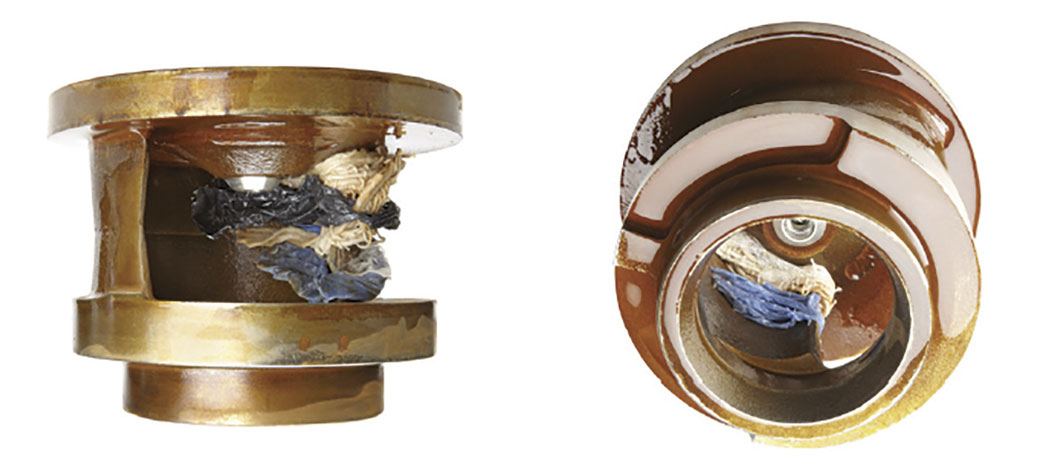 Image 1. Waste fibers have partially blocked this single vane impeller. (Images and graphics courtesy of Xylem Inc.)
Image 1. Waste fibers have partially blocked this single vane impeller. (Images and graphics courtesy of Xylem Inc.)Modern Wastewater
Modern wastewater rarely contains hard, solid, spherical objects with a diameter as large as the inner diameter of the piping system. Stone, brick or steel are rare and often do not reach the pump. As the carrying velocity drops along flat horizontal, these objects drop out of the stagnant liquid. Organic solids and fibers are, by far, the most common solids in municipal wastewater.
Modern wastewater also contains a higher amount of synthetic cloth and artificial fibers than the past—including tissues, wipes and dishcloths. Many consumers flush these products down the toilet instead of disposing them in the trash. This adds synthetic fibers to the wastewater stream.
Figure 1 shows the solids that can pass through a traditional impeller with a large throughlet. The green area indicates objects with a high probability to pass through the pump. The red area indicates a higher probability of clogging.
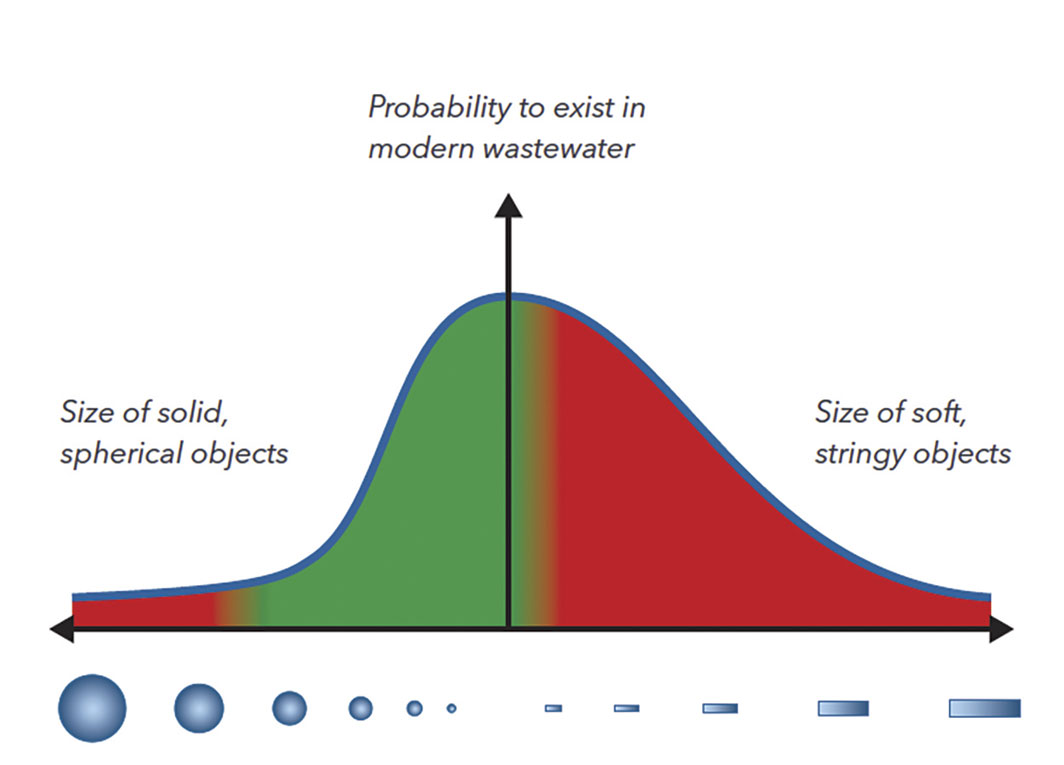 Figure 1. Stringy, synthetic fibers in modern wastewater increase clogging probability for traditional impellers with large throughlets.
Figure 1. Stringy, synthetic fibers in modern wastewater increase clogging probability for traditional impellers with large throughlets.Clogging Risk
Stringy objects catch on traditional impellers—even those with large throughlets. All impeller designs have one or more leading edges. Soft, strong and elongated objects continuously fed into the wastewater pump eventually meet a leading edge of one of the impeller vanes. The fibers then wrap around the edge and fold over on both sides of the vane.
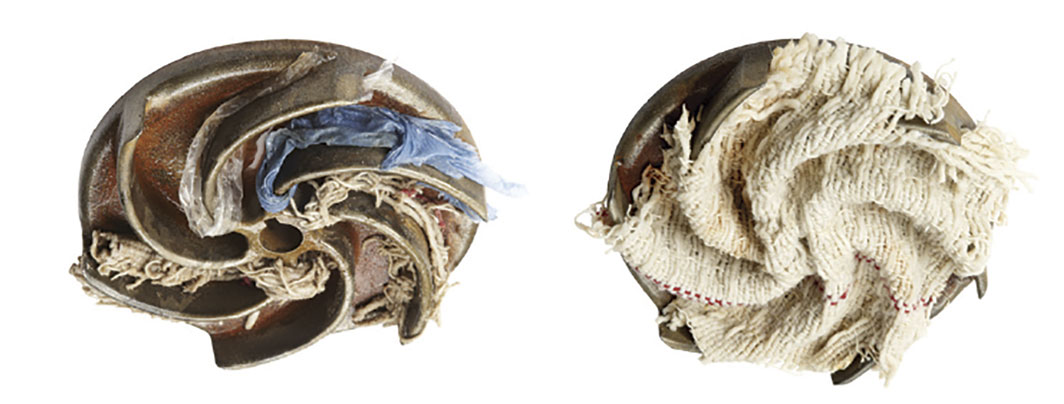 Image 2. Rags have accumulated in these vortex impellers, decreasing efficiency.
Image 2. Rags have accumulated in these vortex impellers, decreasing efficiency.On straight and moderately curved leading edges, the debris will not dislodge. These accumulations will create large bundles of solid organic material—sometimes called rag balls. As these objects accumulate in a traditional impeller design, the flow rate decreases as the solid objects start to constrict the free passage of liquid. While the clogging is only partial and allows the pump to continue operating, efficiency will decrease.
The accumulation creates drag after contacting the volute. Drag leads to lower efficiency and risks overloading the motor. The solids act as a brake, increasing the required input power. Once the running current exceeds the trip current, the pump is shut off because of hard clogging.
With decreased pump efficiency, the operational cost for the end user is increased. The pump has to operate for a longer time to handle the inflow. A motor overload or pump trip also adds cost for the end user because it requires a service technician to visit the pumping station to clean and restart the pump.
Back Flushing
For pumps operating intermittently, back flushing will occur naturally every time the pump is turned off. This cleans the leading edges of the impeller and flushes the accumulated solids through the pump's suction opening back into the pump sump. The flushing occurs in systems with and without check valves.
Some hydraulic designers claim that vortex impellers are self-cleaning. After back flushing, the impeller is supposed to be free of solids—which, in practice, has not been the case. Even if the back flushing frees the impeller from the stringy objects, they return during normal operation, leading to a significant decrease in efficiency and higher energy bills.
Self-Cleaning Impellers
Modern advanced hydraulic designs increase a wastewater pump's clog resistance and maintain pump efficiency. Self-cleaning designs address many wastewater clogging problems, including substantially backswept leading edges and a relief groove.
Self-cleaning technology is the product of both a standardized clog test developed in the late 1990s and data from a large installed base of wastewater pumps. These self-cleaning impellers separate liquid and solid transport, reducing the amount of accumulation in modern wastewater. Solids that land on the leading edges of the impeller are continuously pushed toward the periphery and out through the pump discharge via the relief groove located in the insert ring. The impellers work for all duty points and reduced rotational speeds.
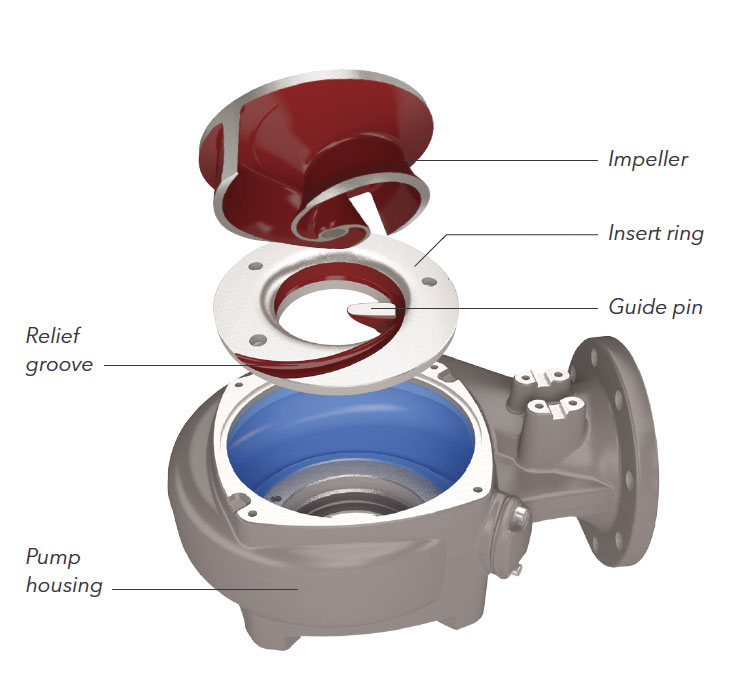 Figure 2. Self-cleaning designs—like the one pictured—push debris toward the periphery and out of the pump.
Figure 2. Self-cleaning designs—like the one pictured—push debris toward the periphery and out of the pump.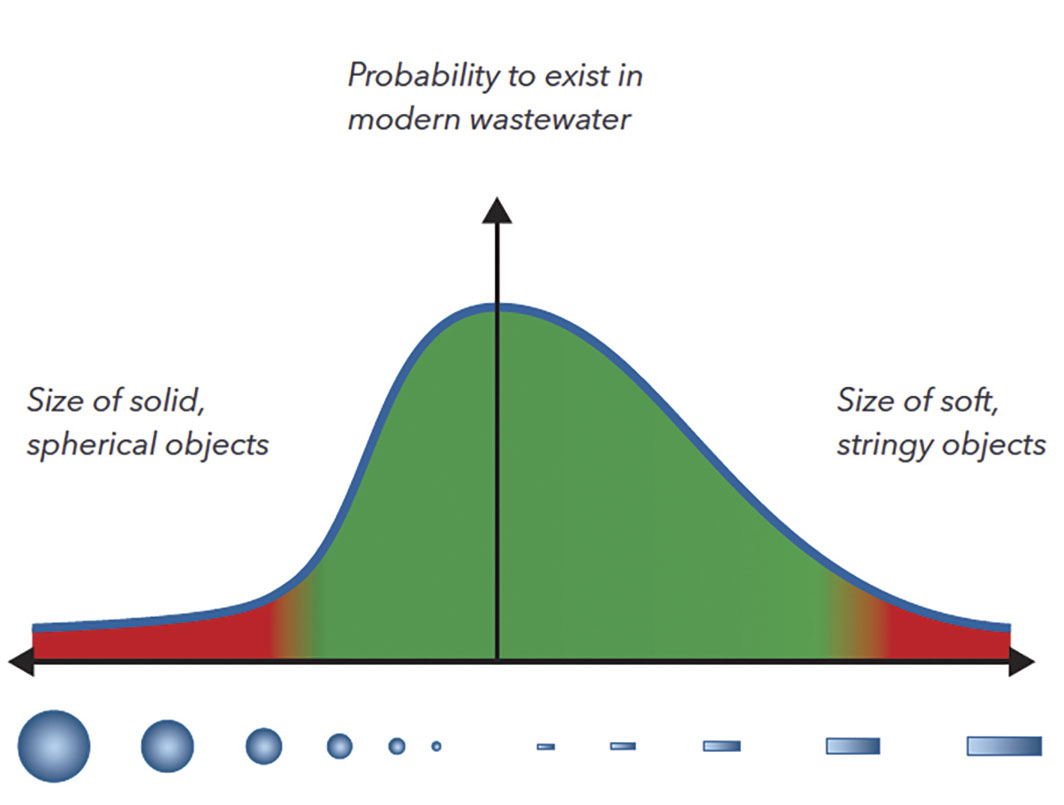 Figure 3. Self-cleaning hydraulic designs with backswept leading edges and a relief groove have a higher probability of passing fibers.
Figure 3. Self-cleaning hydraulic designs with backswept leading edges and a relief groove have a higher probability of passing fibers.Figure 3 shows what a modern, self-cleaning hydraulic design with backswept leading edges and a relief groove can achieve. The green area indicates objects with a high probability to pass through the pump. The red area indicates a higher probability of clogging. The green area is much larger than for a traditional, large throughlet pump as shown in Figure 1.
A pump with self-cleaning hydraulics will not accumulate the solid objects that are likely to be found in modern wastewater. It delivers sustained efficiency and increased clog resistance, which results in minimized costs for operation, service and maintenance.
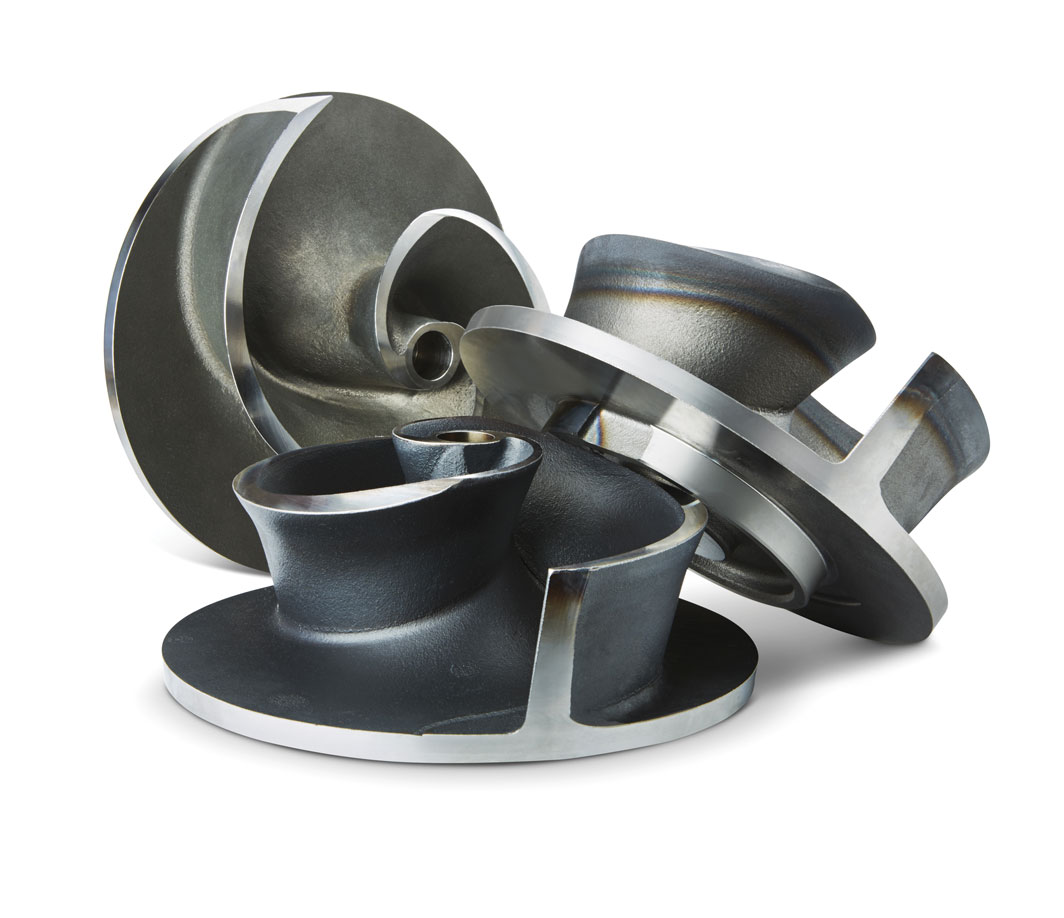 Image 3. More self-cleaning impellers are shown with backswept edges and relief grooves.
Image 3. More self-cleaning impellers are shown with backswept edges and relief grooves.Savings & Efficiency
A pump's throughlet size is not a useful parameter for specifying clog-free operation of a wastewater pump, especially for today's modern wastewater systems. The end user of a wastewater pump needs a pump that is reliable and efficient during both short and long duty cycles. Modern, continuously self-cleaning pump hydraulics will yield significant operational savings. Increased clog resistance will deliver sustained efficiency when pumping wastewater.


